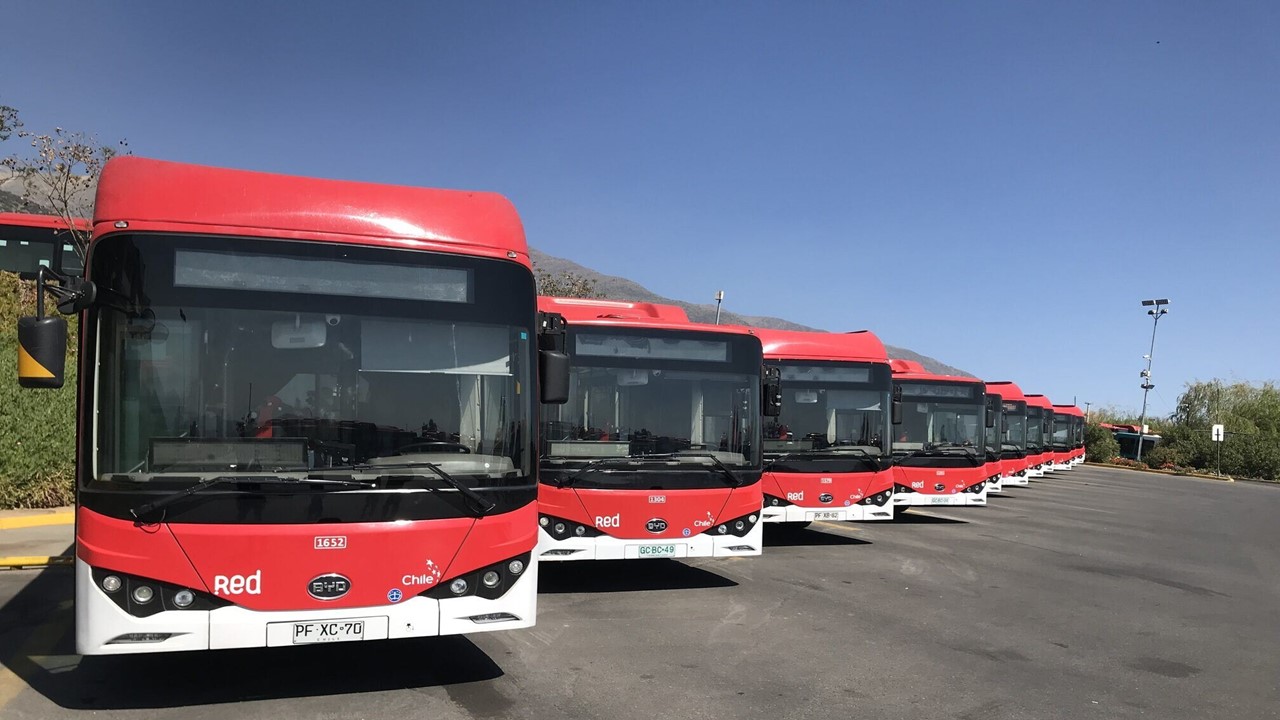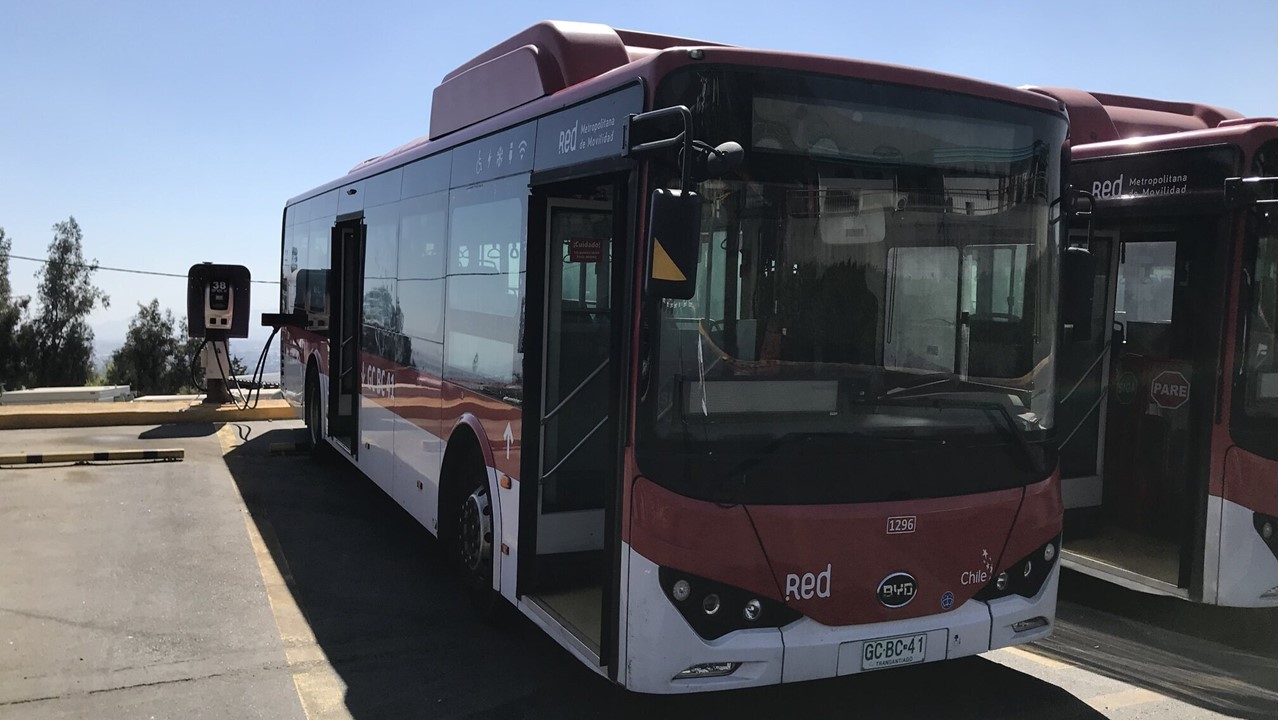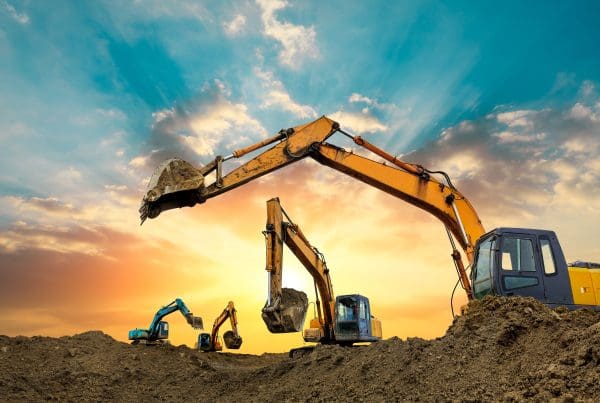商用车
2021-11-03
完全实现电动化的智利能为其他国家带来什么启示?

Jamie Fox
Jamie拥有超过15年行业研究经验,研究范围涵盖了商用车及其动力总成零部件系统。他拥有物理学和天文学学士学位,以及纳米科学与技术硕士学位。Jamie目前在智利工作。
Interact Analysis produces annual reports on on-road commercial vehicles, off-road vehicles and components. All the reports are focused on electric vehicles (including hydrogen and hybrids).
New Targets for 100% Zero Emission Vehicles (ZEV) Announced
Chile recently announced its electromobility strategy and is aiming for 100% zero emission vehicles (ZEVs) – cars and public transport – by 2035 in terms of new vehicle sales. By 2045, 100% of new interurban buses and cargo transport vehicles should be electric which would mean most or all vehicles. Chile has taken the battery electric vehicle (BEV) rather than the fuel cell electric vehicle (FCEV) route so far, but the government is planning development in green hydrogen, and so hydrogen vehicles may yet also play a role over time.
Off-Road Included in the Targets
The announcements, which are not legally binding, were also notable for the inclusion of off-road equipment (including agriculture and forestry), something which is usually neglected in announcements made by other countries. Chile’s inclusion of off-road may be due to the fact that it has a large mining sector with substantial emissions.
Large (>560kW) mobile machinery is targeted to be 100% ZEV by 2035, while smaller equipment (>19kW), which would include forklifts, have until 2040. This is, perhaps, unsurprising as very large mining dump trucks are either diesel-electric already or able to operate in electric-only mode via electric trolleys. Very small equipment – forklifts – are either already electric or are relatively easy to electrify.
Larger Off-Road Vehicles Will Be Phased Out First
Usually, smaller vehicles become electric slightly faster. The reason that this situation is reversed in Chilean off-road vehicles, with larger vehicles having an earlier target is because the larger machines, especially in the mining sector, tend to be operated by large companies with more money to invest (or greater ease to get loans). Smaller vehicles are more commonly used in small and medium sized business, with little or no capital to invest.

Chile had registered 784 electric buses by June 2021 – outperforming Europe and North America
Chile Is A Leader in Electric Buses, Can Others Follow?
Chile has, according to an industry source, registered 784 electric buses in total by June 2021 (most were 2018-2020). By percentage of total fleet, Chile is outperforming Europe and North America.
Chile may also be showing leadership soon on how electricity is produced for vehicles. In 2020, 35% of its grid`s electricity was generated from 28 coal plants. On current plans, it will have only 10 at the end of 2025. In June 2021, Chile’s lower parliamentary chamber voted to go even faster by closing the last coal plant in 2025 and this will now be debated in the senate, the upper chamber.
In my mind, the speed of this transition certainly raises questions for other countries. If a developing country like Chile, where the majority of all people earn less than US$600 a month is able to rapidly install electric buses while going from 35% to 0% coal in 5-6 years, perhaps some other countries might study Chile’s case to see what can be learned.
This Announcement Will Not Have Much Impact On Our Forecasts
As we so far only forecast to 2030, announcements for 2040 and 2045 will have negligible impact on our forecasts.
The announcements for 2035 will need to be reviewed more closely but are likely close to consistent with the existing direction of the market. Hundreds of ZEV buses a year are already entering the Chile market due to strong government action and policy. Our current forecast already assumes most new buses in Chile will be electric within the current decade.
Electric Vehicles Are Winning Because Of Market Forces, Not Government Action
In reality, this new announcement achieves very little and won’t cause much significant change. Rather like Joe Biden’s recent announcement to make half the US auto fleet electric by 2030, the new targets from Chile may be a case of a government announcing a target that in reality is virtually identical to what will inevitably happen due to market forces and is close to consistent with what most OEMs already plan to do.
While government subsidies and other support for electric vehicles continue to play a positive role, it’s Elon Musk, EV start-ups, the Chinese government, builders of Gigafactories and early EV adopters that are really driving the transition to EVs.
Stronger Action In Chile May Yet Come, However
Chile is currently run by a centre-right, business-oriented government. Some candidates for the upcoming elections believe that government should take a more active role in social and environmental issues. If these candidates do well, this could mean that stronger measures may be debated in the coming years; the 100% ZEV dates might be moved forward. In that Chile’s attempts to deal with climate change may be similar to the global trend. The weak global climate change policies of 2021 may turn out to be a stepping stone on the path from outright denialism to eventually enacting strong policies that really are consistent with achieving a world where the total warming really can be held to 2C above pre-industrial levels.

A BYD bus being charged at the bus terminal in Peñalolén, Santiago
Will Subsidies Increase Or Decrease
In our 2021 reports, we forecast constant subsidies for electric vehicles.
Looking at the rate of change in global attitudes to climate change in both government and the wider society (as seen by survey results of people’s attitude to climate change) it seems to me that if we simply extrapolate that rate of change forward, we will see a strong demand for action by about the middle of the decade that politicians will be forced to listen to. At Interact Analysis we will be closely reviewing the subsidy and policy landscape ahead of our forecast update and reviewing whether we need to take a more aggressive position.
However, a strong counter argument is the question of whether increased subsidies will even be considered necessary in some markets in 2025. We expect that by 2025 electric vehicle prices will have fallen significantly due to battery prices, technology development and economies of scale.
So, in summary, distant 2040 or 2045 targets will be made irrelevant, either by future governments bringing them forward or increasing subsidies if needed, or even by market forces alone. It is the 2020s not the 2040s that will be the decade of the electric vehicle.
That being said, Chile still offers lessons for other countries that haven’t included off-road in their targets, don’t currently have many electric buses, or are debating the speed of removing fossil fuels from the grid.
To continue the conversation about the electric vehicle market, get in touch with Jamie Fox, direct: jamie.fox@interactanalysis.com
其他商用车领域洞察

非道路领域是否已迎来高性能计算平台时代?

2024年,巴西挖掘机进口五倍于出口
